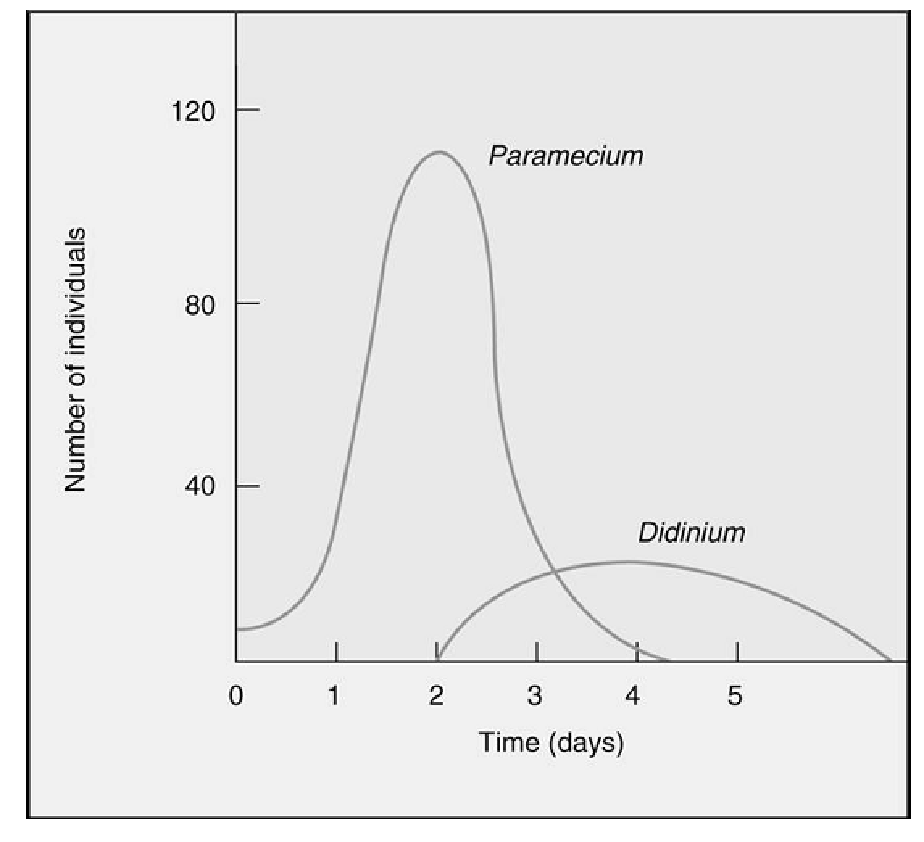What is p53?
A. A caspase
B. A proto-oncogene
C. A transcription factor
D. A tumor suppressing gene
E. None of the answers are correct
D
You might also like to view...
Which statement is the correct interpretation of the graph?

A. The population of Didinium goes extinct with the addition of Paramecium on day 4.
B. The population of Didinium continues to increase and remains high even after the extinction of the Paramecium.
C. The population of Paramecium goes extinct with the addition of Didinium on day 8.
D. The population of Didinium increased but then went extinct after the population of Paramecium went extinct.
E. The population of Didinium is able to increase at the expense of the Paramecium population. After a brief period both populations are able to coexist.
Clarify question:
What is the key concept addressed by the question?
What type of thinking is required?
Gather Content:
What do you already know about the relationship between the two species? What other information is related to the question?
Choose Answer:
Given what you now know, what information is most likely to produce the correct answer?
Reflection on Process:
Did your problem-solving process lead you to the correct answer? If not, where did the process break down or lead you astray? How can you revise your approach to produce a more desirable result?
Silencing of selected genes is often done using RNA interference (RNAi). Which of the following questions would NOT be answered with this process?
A) What is the function of gene 432 in a particular species of annelid? B) What will happen in a particular insect's digestion if gene 173 is not able to be translated? C) Is gene HA292 expressed in individuals for a disorder in humans? D) Will the disabling of this gene in Drosophila and in a mouse cause similar results?
By the end of hand scrub E, all the resident bacteria have been removed from the hands.
A) True B) False
Which of the following brings amino acids to the ribosomes?
A) ribosomal RNA B) transfer RNA C) messenger RNA D) introns E) exons